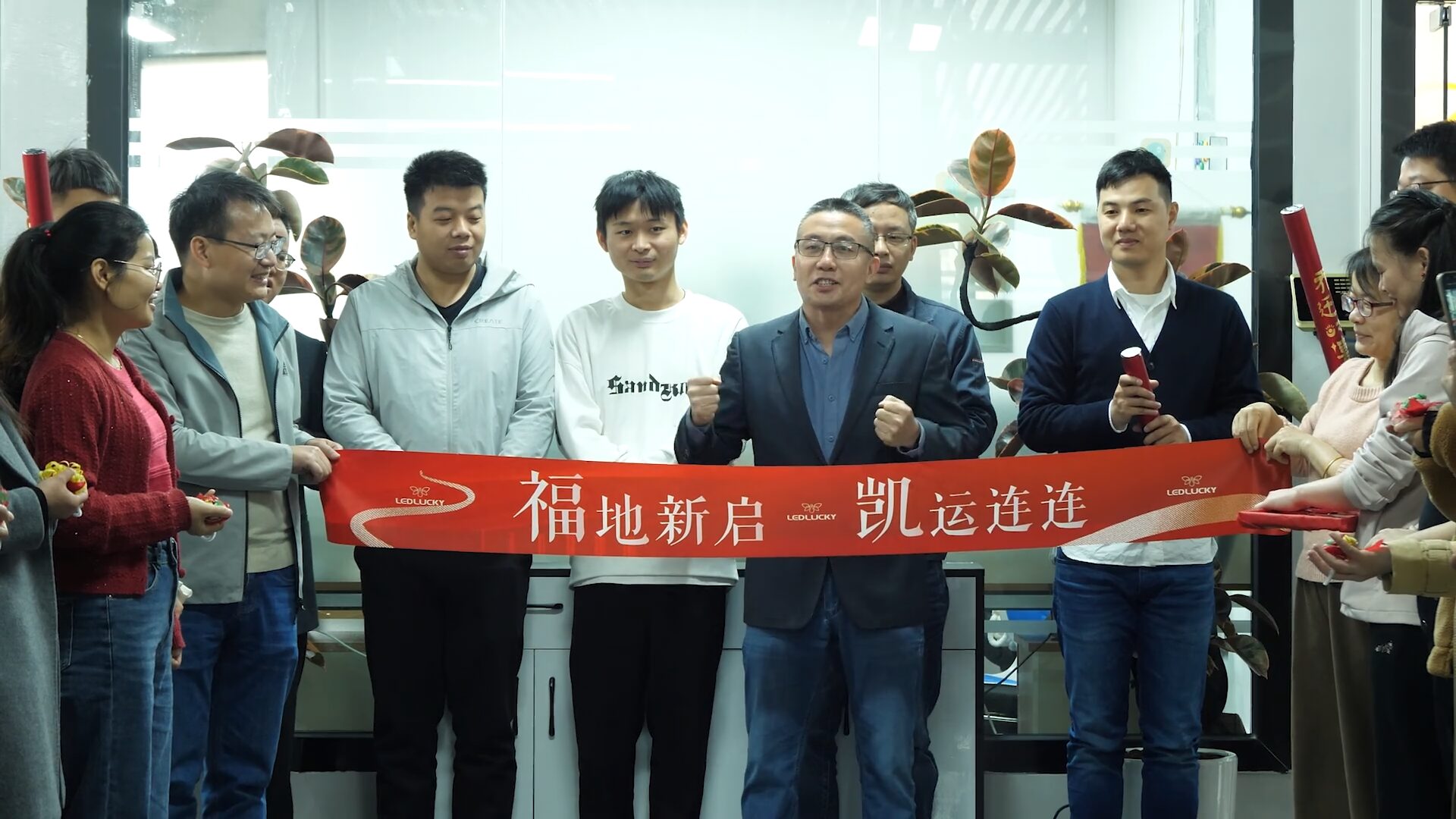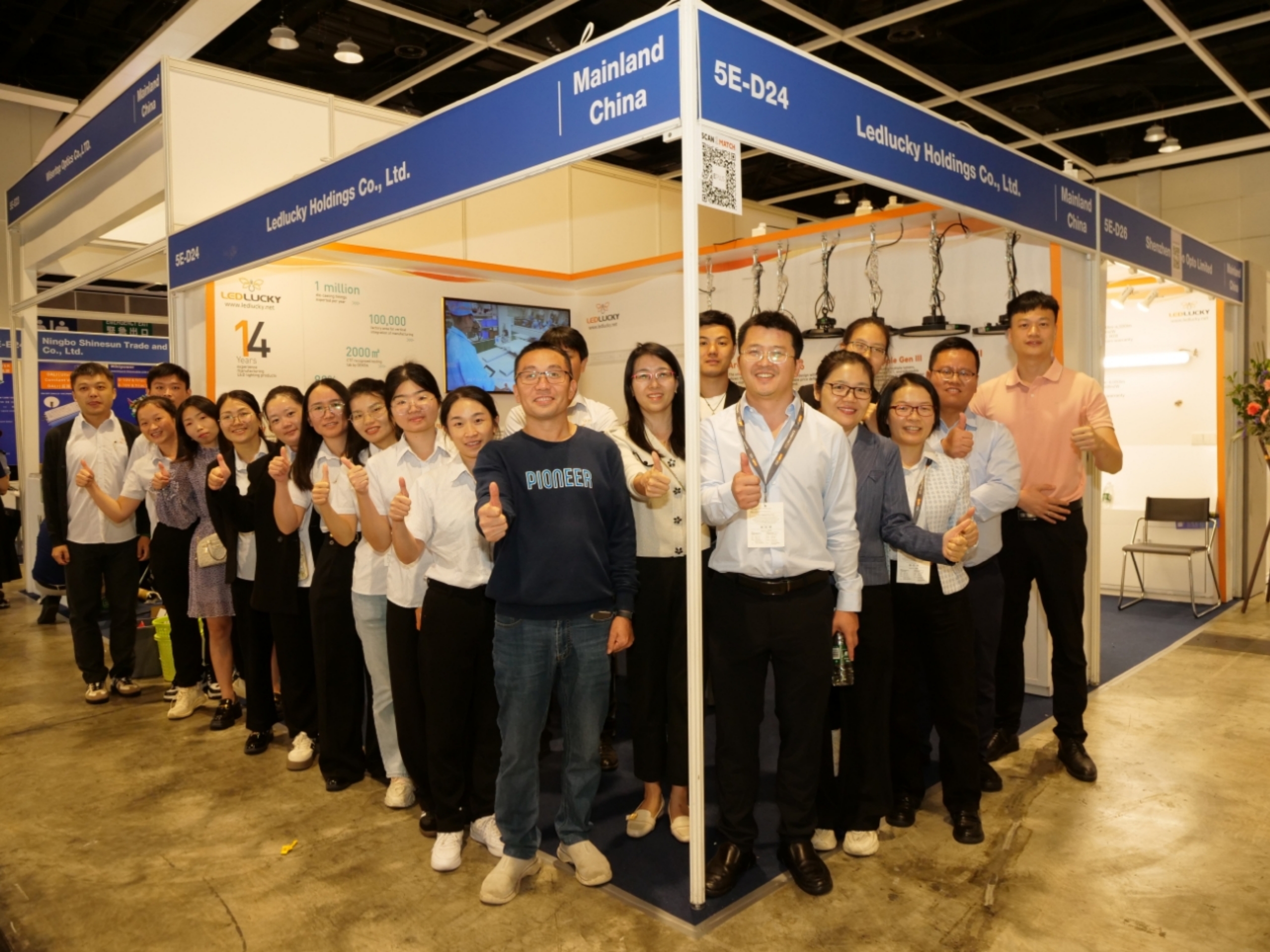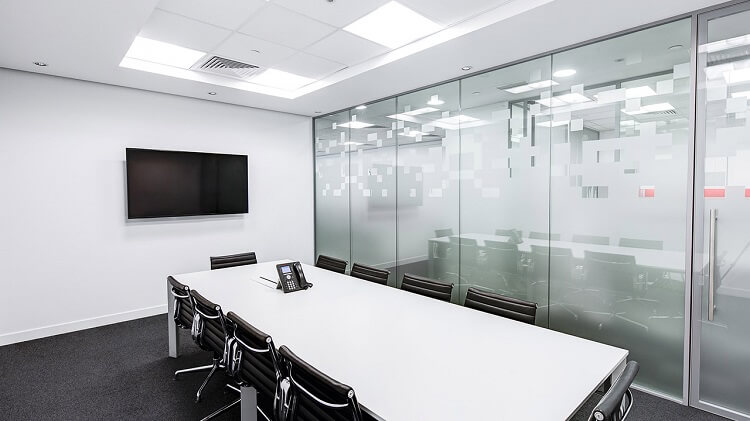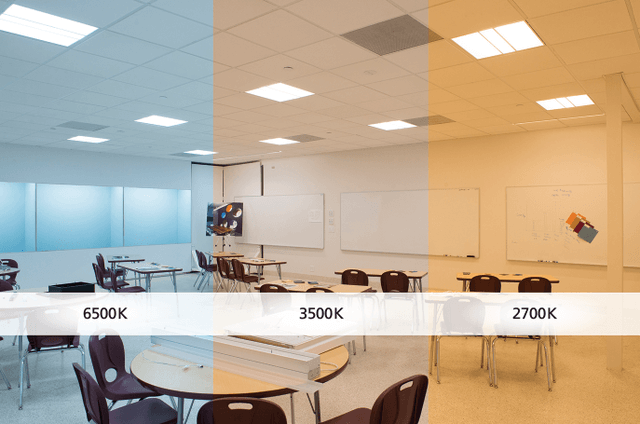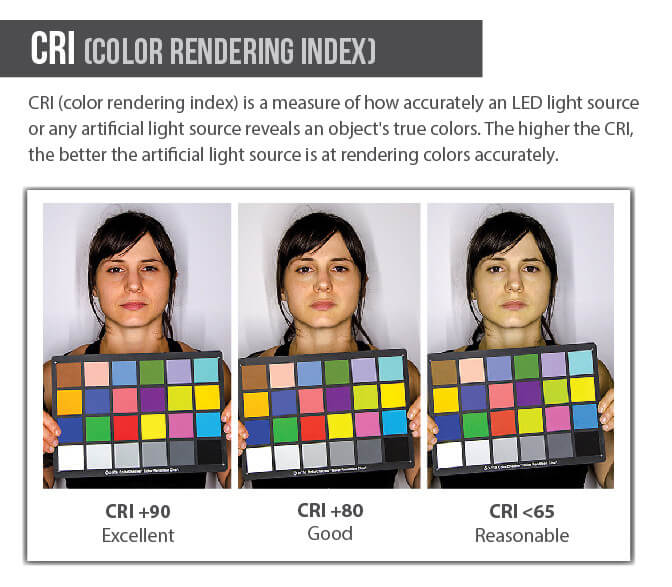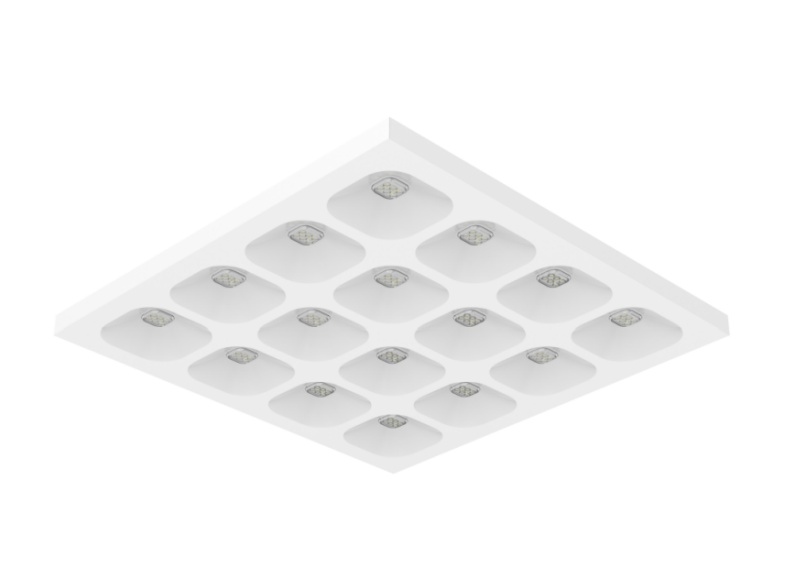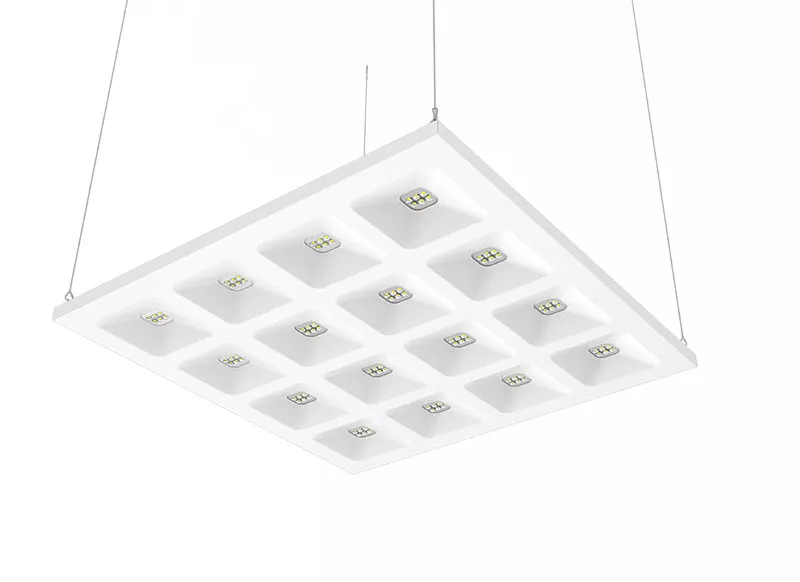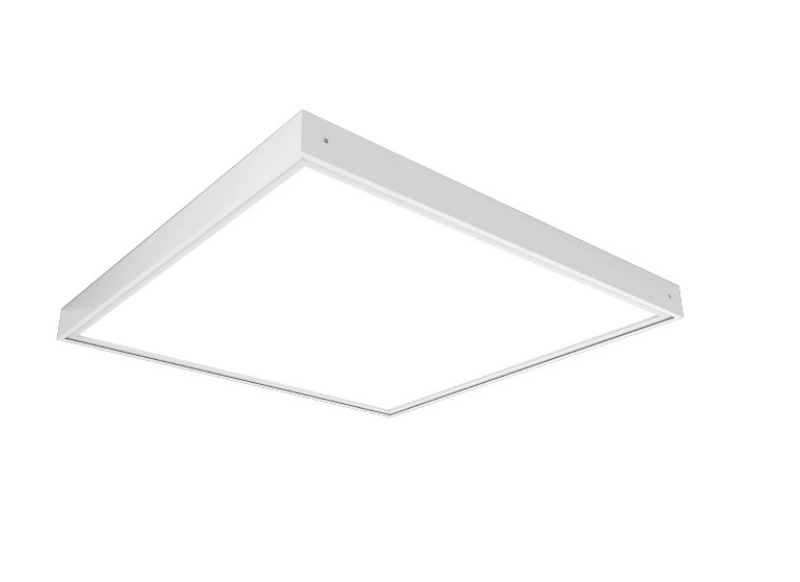The Comprehensive Guide to Meeting Room Lighting
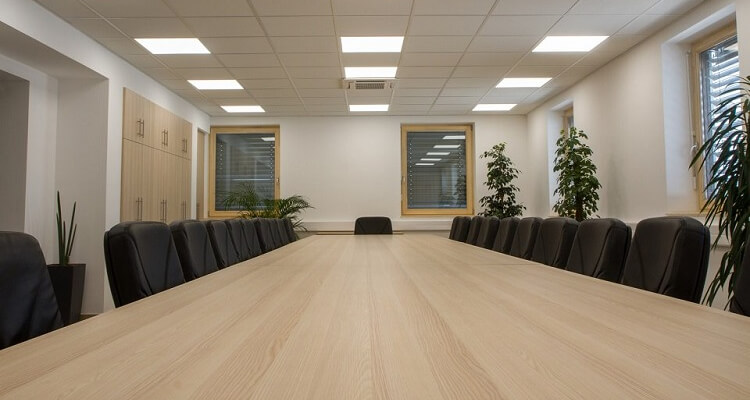
Meeting rooms are a crucial part of any office environment. You can use them for various purposes, such as team meetings, client presentations and training sessions. For this reason, you must equip them with the necessary lighting to ensure you complete all tasks on time. The type of lighting you choose can affect the mood and atmosphere of your meeting room. It can also affect the productivity of your meeting. This guide will help you understand the importance of meeting room lighting and how to choose the best type for your needs. We will also discuss creating the perfect lighting environment for your next meeting. Are you excited to read more about meeting room lighting? Let’s get started.
1. Why is Conference and Meeting Room Lighting Important?
Lighting is a vital aspect of any room, and meeting rooms are no different. You must balance the light from the windows and the artificial light.
For example, you may want brighter lights during presentations with slideshows in a conference room. Whereas you may use dimmer lights when people are taking notes or looking at documents.
Here are the top reasons why conference and meeting room lighting is essential.
●To ensure visibility – Lighting is vital to the success of any meeting or conference. Proper lighting ensures that everyone in the room can see each other and the visuals, making for a more enjoyable meeting or conference.
●To help prevent eye fatigue – Poor lighting can cause eye fatigue, leading to headaches and other problems. Good lighting helps prevent these issues and makes meetings more productive.
●To set the mood and tone of the meeting – Without proper lighting, conferences can be jarring and uncomfortable experiences. The right lighting can help set the mood and tone of the meeting and make everyone feel more at ease.
●To encourage productive & fruitful discussion – In any meeting, lighting is vital to encourage productive and fruitful discussion. The right lighting can help participants focus on the discussion at hand.
●To create a comfortable environment – No matter your business type, it’s crucial to have well-lit meeting rooms. It helps to create a more comfy environment for your employees & customers. It also enhances your space’s aesthetic.
●To create a conducive learning environment – The right lighting can help create an atmosphere conducive to learning. It can also help to make the space more inviting. Bad lighting, however, can be intrusive and make concentrating difficult.
Therefore, choosing the right lighting for meeting and conference rooms is essential. But how do you pick the right lighting, then? Our next topic will discuss choosing the right lighting for your meeting rooms so you make a sound decision. Keep on reading!z
2. How to Choose Conference and Meeting Room Lighting?
A successful conference or meeting depends heavily on the lighting in the room. A good quality light will allow participants to see and hear each other. It will also provide an environment where they can feel comfortable and creative.
When choosing lights for a conference or meeting room, there are many factors that you should take into account. These factors include:
Light Distribution and Brightness
You can choose many different types of lighting for a meeting room, but it is vital to know the difference between light distribution and brightness. Light distribution is how evenly the light is spread across a room. Brightness is how intense the light in the room feels.
When choosing meeting room lighting, remember whether anyone with vision impairments will be present.
Right Setup
One of the most common mistakes people make when setting up their meeting room is not having enough light on the presenter. You can solve this by using a projector or screen to project the presenter’s image onto a wall, but this can sometimes be expensive.
There are many different types of lighting setups for meeting rooms that you may consider before settling on one. Here are three popular setups:
●Fluorescent lights
●LED lights,
●Halogen lights
You can find these meeting room lights at LEDLUCKY.
Lux/Lumen Required for Conference and Meeting Rooms
The lux or lumen measures the amount of light emitted by a source. When choosing meeting room lighting, it is vital to know the lux or lumens required for the space.
The recommended lux/lumen for a conference room is 500-1000. Your meeting room should have at least 100 more lux/lumens than a conference room which would make 600-1100.
Size and Adaptability
You may opt for indirect light if you have a large room with a high ceiling. This will help to create a softer atmosphere and reduce the glare from your computer screens.
If you have a smaller space, then it is better to use direct lighting. This will help to create more of an open and spacious feeling in your meeting room.
Meeting rooms also feature various types of lighting. For example, some lights can change colors or brightness depending on the time of day or mood you want to set in the room.
Backup Lighting
In a power outage, backup lighting will ensure that your meeting can continue without interruption. There are a few different options for backup lighting, so be sure to pick the one that best suits your needs.
LED lights are a popular choice for backup lighting because they’re very energy-efficient. Another option is to use battery-operated lights, which you can place around the room. No matter which option you choose, test your backup lighting before you need it to ensure it is working.
Adequate Color Temperature
The color temperature of a light bulb is the temperature at which a black body would need to be heated to emit the same amount of light.
A study shows that exposure to high-temperature lights can disrupt a person’s circadian rhythm, which is their sleep cycle. This can affect productivity and mood and lead to health problems such as insomnia, depression, and obesity. Choosing the right colors temperature when lighting a meeting room is important.
Conservation of Energy
Incandescent uses electric current to heat a filament, emitting light. This light bulb is not energy efficient, and you should avoid it in meeting rooms.
The fluorescent lamp produces ultraviolet radiation that excites mercury vapor, which emits visible light. These bulbs are more energy efficient but take time to reach their full potential after you have switched them on. They also have a shorter life span than other types of bulbs.
LED lighting produces luminous efficacy – the ratio between luminous flux and power input. Businesses use LED lighting for their meeting rooms because it is efficient, long-lasting, cool to the touch, and dimmable. LED lighting also provides the perfect light for presentations, brainstorming sessions, and other business gatherings. Click here for the best LED light collection.
Glare
Glare is the brightness of a light source that causes visual discomfort. Glare can be direct or reflected.
Direct glare is when the light source is directly in your line of sight. Reflected glare is when the light source reflects off of another surface, such as a mirror or a glossy table top, and into your eyes.
Glare can cause visual discomfort and can even lead to eye fatigue. Reducing glare in a meeting room is important to ensure that participants are comfortable and can focus on the discussion. Use indirect lighting to reduce glare.
Color Rendering Index
Another vital factor is the colors rendering index (CRI), which measures how well a light source renders colors. The higher the CRI, the better it’ll render colors.
So, it is important to understand CRI to make an informed decision about your meeting room lighting.
Some common light sources and their CRIs are:
●Incandescent Bulbs – 60%
●Compact Fluorescent Bulbs – 80%
●LED Bulbs – 90%+
The Appearance of the Space and Luminaires
You should also consider the space’s appearance and luminaires when lighting meeting rooms. For example, if you decorate a conference room for an interview, you might want to use bright lights to make the candidate feel comfortable.
Choosing the right lighting for your meeting room can help to boost productivity and create a more positive environment. Follow these tips to choose the best lighting for your needs.
3. How to Achieve the Perfect Lighting for Your Meeting Room?
There are a few different ways to achieve the perfect meeting room lighting. Such as
●The first way is to use natural light during the day or when it’s cloudy outside. This will give a sense of peace and serenity that is very useful for meetings with clients or investors.
●Another way to achieve perfect lighting is to use artificial light. You can use lamps, overhead lights, or even track lighting.
●You can also use mood lighting in your meeting room, which can be done using dimmer switches and different bulbs (LED, CFL, etc.).
Conclusion
To sum it all up, lighting is one of the most vital aspects of any room, especially meeting rooms. Whether bright and airy or warm and intimate, the right lighting can make all the difference. If you need the best-quality meeting room lighting, LEDLUCKY is your best bet! You can rely on us for all your LED lighting needs.
